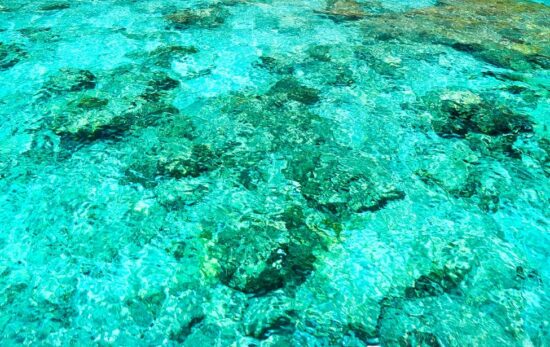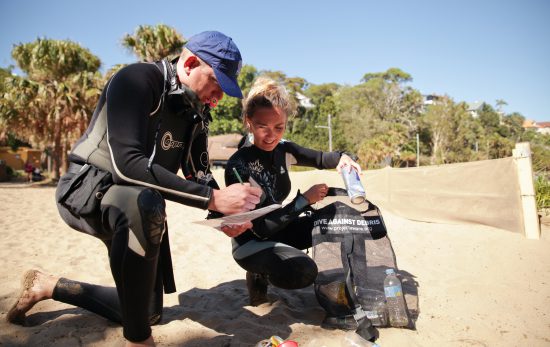Guest article written and images provided by Joanna Smart.
We’ve all been there. At the beach, swimming in the water and letting out a gasp of horror when we feel a slimy, slippery object brush our legs. Found in most temperate coastal environments, seaweed dominates our cooler ocean habitats. Yet, when compared to its more glamorous counterpart, coral, perplexing little is known about the seaweeds and their role in the environment. Next time you’re on a dive, stop for a moment and look closely at the seaweed. Their secret lives are fascinating to study, with new discoveries being made almost on a daily basis.
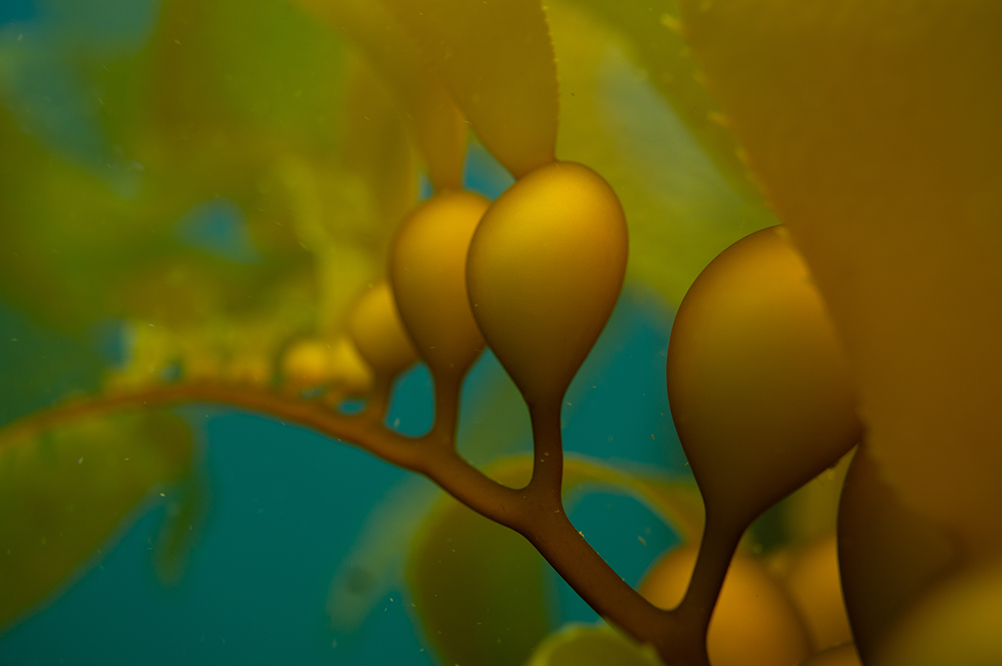
Seaweeds aren’t Plants
Interestingly, Seaweeds aren’t actually plants, they are a type of algae. Unlike land plants, seaweeds don’t have roots, leaves, trunks or vascular systems. Instead, seaweeds derive nutrients directly from the seawater around them. Many species are even comprised of identical cells throughout the whole organism. Notably, they can range in size from microscopic, to more than 50 meter/164 feet tall. Some species are even calcareous, forming a hard crust on rocks
They are Incredibly Diverse
More than 12,000 species of seaweeds are generally divided into three different classes, brown algae (Phaeophyceae), red algae (Rhodophyta) and green algae (Chlorophyta). However, although they all grow in relatively similar conditions, these classes aren’t actually that closely related. Brown algae belong to a different biological kingdom than green algae and in evolutionary terms, are less closely related than a starfish is to a blue whale.
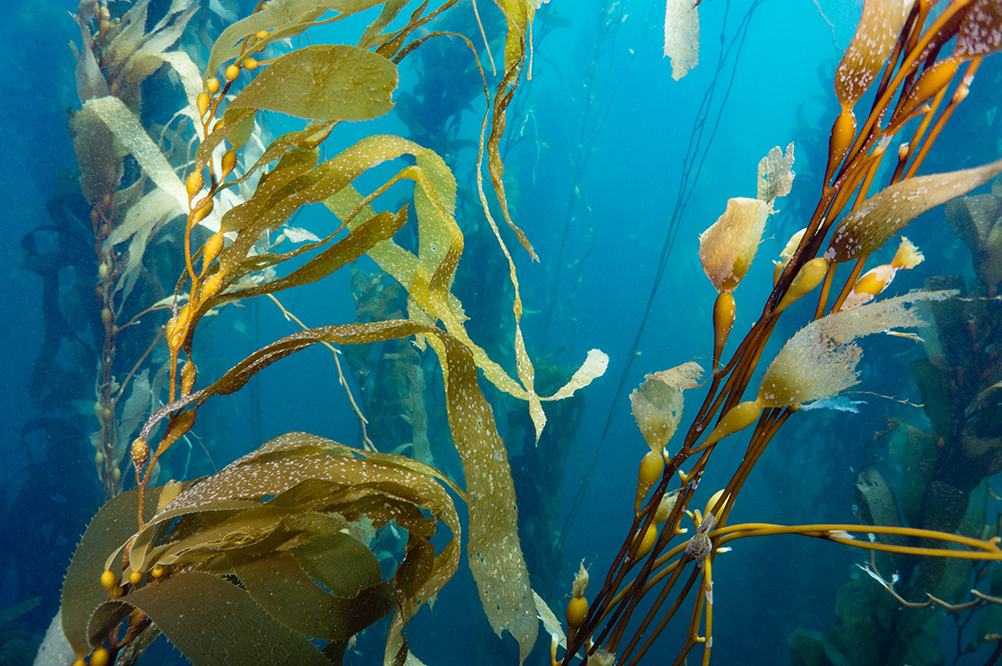
Their reproduction is very complicated
Seaweeds have very complex life histories that can vary between species. In general, seaweeds have an asexual stage, known as a sporophyte. Sporophytes form large bladed organisms which cover the seabed and are most commonly seen by divers. Other stages of seaweed reproduction are largely microscopic and can involve free swimming organisms which can be male or female. Interestingly, red seaweeds are the only group of organisms on earth that have three distinct life history stages. Some seaweeds can even produce sex pheromones to attract males.
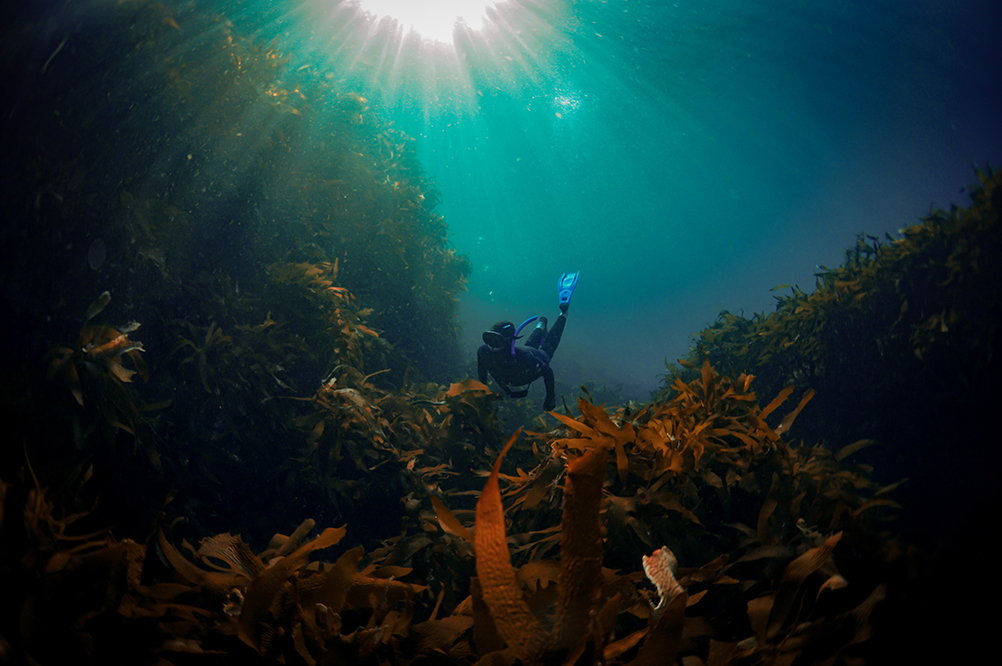
They make the world’s strongest glue
If you’ve ever watched large waves batter the coastline, you’ll notice that despite all the forces of nature being thrown at them, many seaweeds can remain anchored to the rocks. Research is currently being undertaken to determine the chemical composition of the natural glue that seaweeds secrete to attach to rocks, which may be useful for human applications.
There’s probably some in your house right now
Products derived from seaweeds are commonly used in a range of everyday household products. Alginates, carrageenan and agar extracted from seaweed can be found in many processed foods, pharmaceuticals and cosmetics. Toothpaste, beer, ice-cream, firefighting foam, shampoo and yoghurt can all contain seaweed products. So next time you’re having a snack, check the ingredients label for any seaweed!
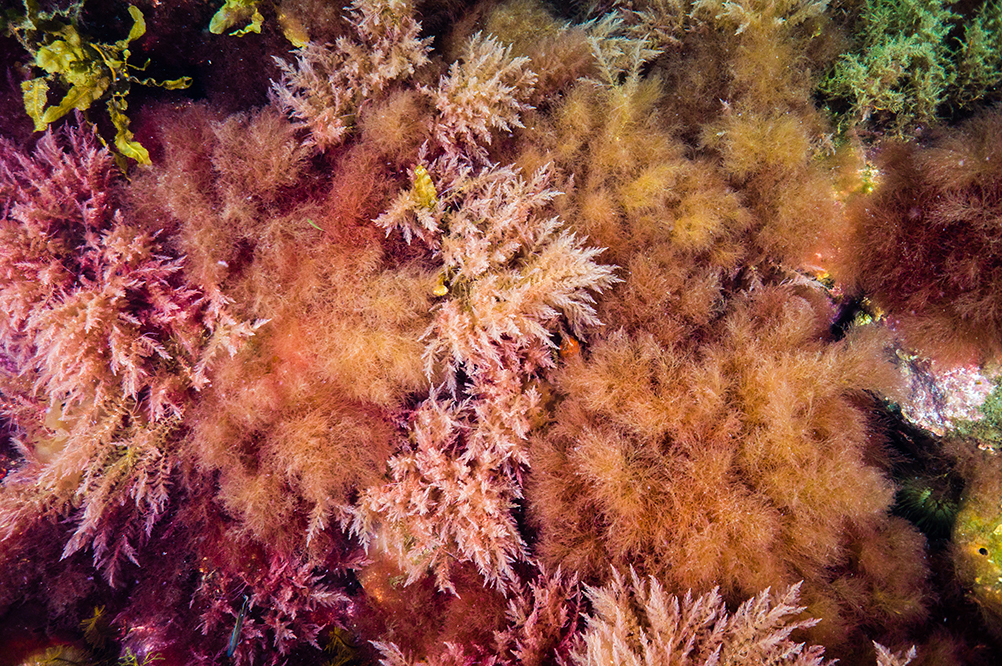
Learn how you can become a PADI Torchbearer to help protect our marine ecosystem.
